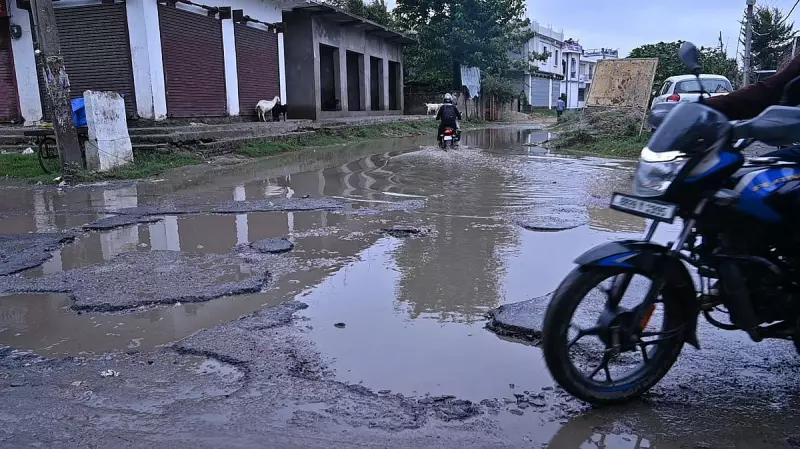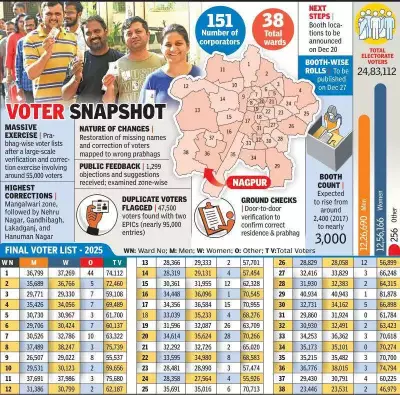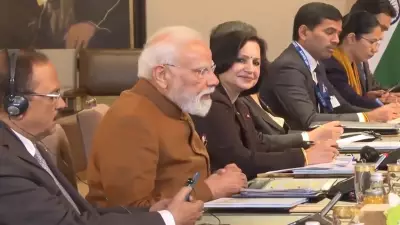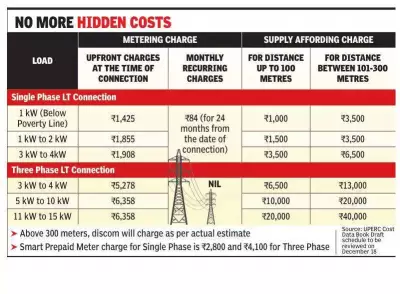
As Bihar prepares for the crucial 2025 assembly elections, a fascinating political narrative is unfolding across the state. The battle lines are drawn between Chief Minister Nitish Kumar's established reputation for clean governance and the opposition's focus on urban infrastructure shortcomings.
The Clean Governance Advantage
Nitish Kumar's JD(U) party is strategically positioning his untainted political image as the cornerstone of their campaign. For decades, Kumar has maintained a reputation free from corruption scandals, creating a significant advantage in a state where clean administration resonates strongly with voters.
"The clean image of Nitish Kumar remains his strongest asset," political analysts note. "In a political landscape often marred by corruption allegations, his track record provides a compelling narrative that connects with rural and urban voters alike."
Urban Development: The Opposition's Focal Point
The Bharatiya Janata Party (BJP), positioning itself as the primary opposition, is highlighting the glaring urban infrastructure gaps in Bihar's major cities. From inadequate drainage systems and poor road conditions to irregular water supply, the urban mess has become a central theme in their counter-narrative.
Major urban centers including Patna, Gaya, and Muzaffarpur face significant infrastructure challenges that affect daily life. The opposition argues that while corruption-free governance is important, it must translate into tangible development outcomes for urban residents.
Rural vs Urban Voting Patterns
Political strategists observe distinct voting patterns emerging across Bihar's diverse constituencies:
- Rural Strongholds: Nitish Kumar's clean image and welfare schemes continue to hold sway in rural areas
- Urban Centers: Development issues and infrastructure gaps are creating openings for opposition parties
- Semi-Urban Constituencies: A mix of governance credibility and development expectations
The Alliance Dynamics
The political equations in Bihar remain fluid with alliance politics playing a crucial role. The JD(U)-BJP partnership, though currently intact, faces pressure as both parties seek to maximize their individual gains in the 243-seat assembly.
Smaller regional parties and caste-based formations are carefully watching the narrative battle, calculating their potential roles as kingmakers or independent forces in what promises to be a closely contested election.
What Voters Really Want
Ground reports suggest that Bihar's electorate is increasingly demanding both clean governance and visible development. The success of either narrative will depend on how effectively parties can address this dual expectation.
As one political observer noted, "Bihar's voters have matured. They want leaders who are both honest and effective in delivering basic amenities and infrastructure."
The 2025 Bihar assembly elections are shaping up to be more than just a political contest—they represent a fundamental debate about governance priorities in one of India's most politically significant states.





